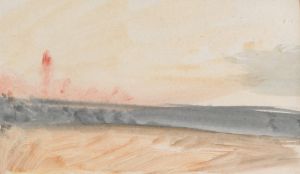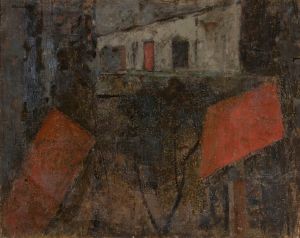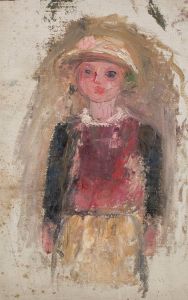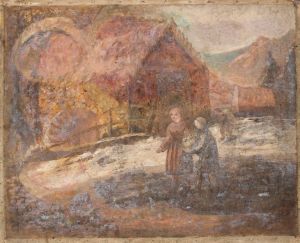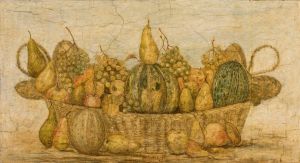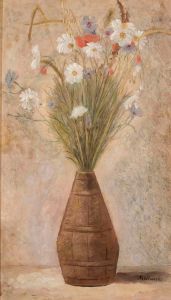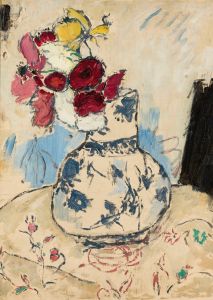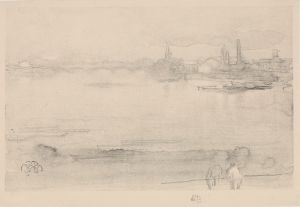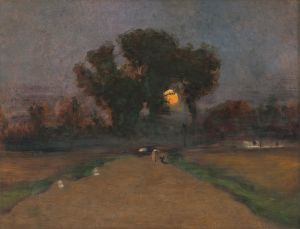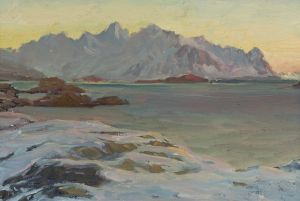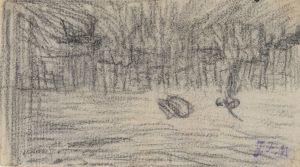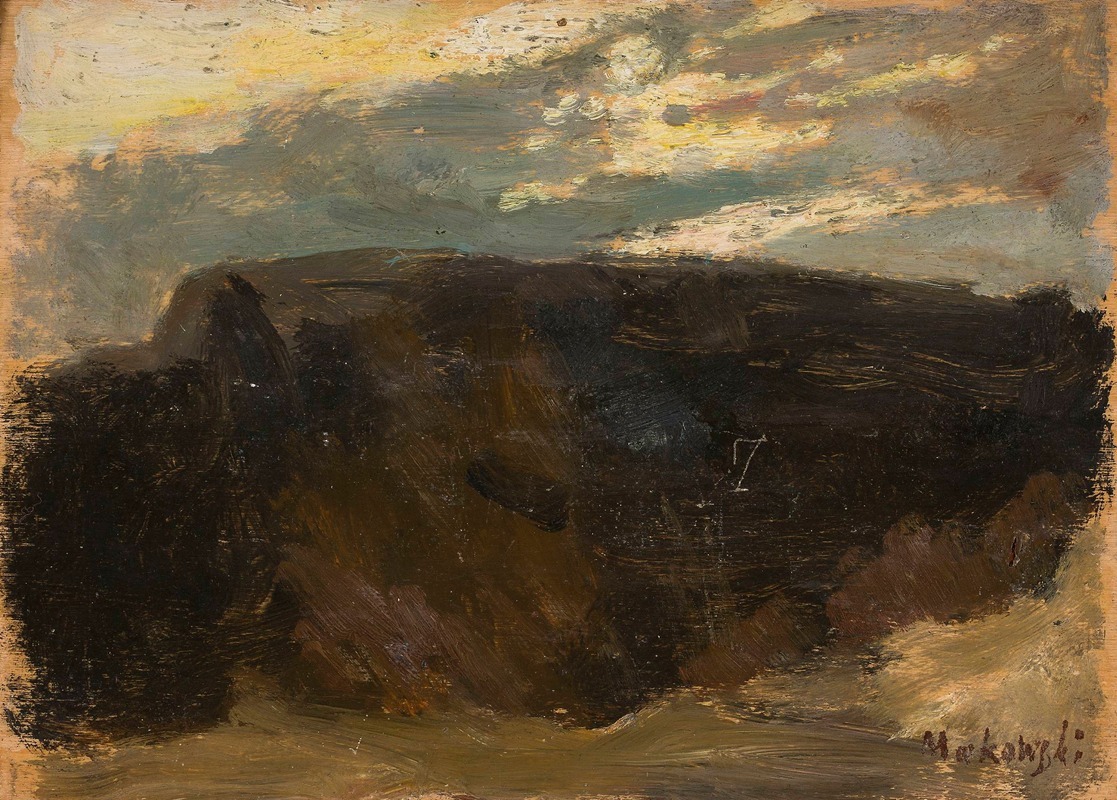
Landscape with the sun shining through
A hand-painted replica of Tadeusz Makowski’s masterpiece Landscape with the sun shining through, meticulously crafted by professional artists to capture the true essence of the original. Each piece is created with museum-quality canvas and rare mineral pigments, carefully painted by experienced artists with delicate brushstrokes and rich, layered colors to perfectly recreate the texture of the original artwork. Unlike machine-printed reproductions, this hand-painted version brings the painting to life, infused with the artist’s emotions and skill in every stroke. Whether for personal collection or home decoration, it instantly elevates the artistic atmosphere of any space.
Tadeusz Makowski was a Polish painter known for his unique style that combined elements of Post-Impressionism, Cubism, and folk art. His work often depicted scenes of everyday life, imbued with a sense of whimsy and nostalgia. However, specific information about a painting titled "Landscape with the Sun Shining Through" by Tadeusz Makowski is not readily available in existing art historical records or major art databases.
Makowski was born on January 29, 1882, in Oświęcim, Poland, and he initially studied classical philology at the Jagiellonian University in Kraków before turning to art. He attended the Academy of Fine Arts in Kraków, where he studied under Józef Mehoffer and Jan Stanisławski. In 1908, Makowski moved to Paris, where he became part of the vibrant artistic community and was influenced by the avant-garde movements of the time.
Throughout his career, Makowski developed a distinctive style characterized by simplified forms and a focus on the emotional and symbolic content of his subjects. His works often feature children, rural landscapes, and scenes of village life, rendered with a playful yet poignant touch. He was particularly known for his ability to capture the innocence and simplicity of childhood, often using a muted color palette and geometric shapes.
Makowski's time in Paris exposed him to the works of artists like Pablo Picasso and Georges Braque, whose Cubist techniques left a lasting impression on him. However, Makowski's interpretation of Cubism was more lyrical and less rigid, incorporating elements of Polish folk art and medieval iconography. This blend of influences resulted in a body of work that is both modern and deeply rooted in tradition.
Despite his connections to the Parisian avant-garde, Makowski remained relatively unknown outside of Poland during his lifetime. His work gained greater recognition posthumously, and he is now considered an important figure in Polish art history. Makowski passed away on November 1, 1932, in Paris, leaving behind a legacy of paintings that continue to be celebrated for their charm and emotional depth.
While specific details about "Landscape with the Sun Shining Through" are not available, it is likely that the painting, if it exists, would reflect Makowski's characteristic style and thematic interests. His landscapes often incorporate elements of light and atmosphere, capturing the essence of the natural world with a sense of wonder and simplicity.
In summary, Tadeusz Makowski was a notable Polish artist whose work bridged the gap between traditional and modern art forms. His paintings are cherished for their unique blend of Cubist influences and folk art traditions, offering a glimpse into the everyday life and landscapes of early 20th-century Europe. Without more information, it is difficult to provide a detailed description of "Landscape with the Sun Shining Through," but it would likely embody the qualities that define Makowski's artistic legacy.







